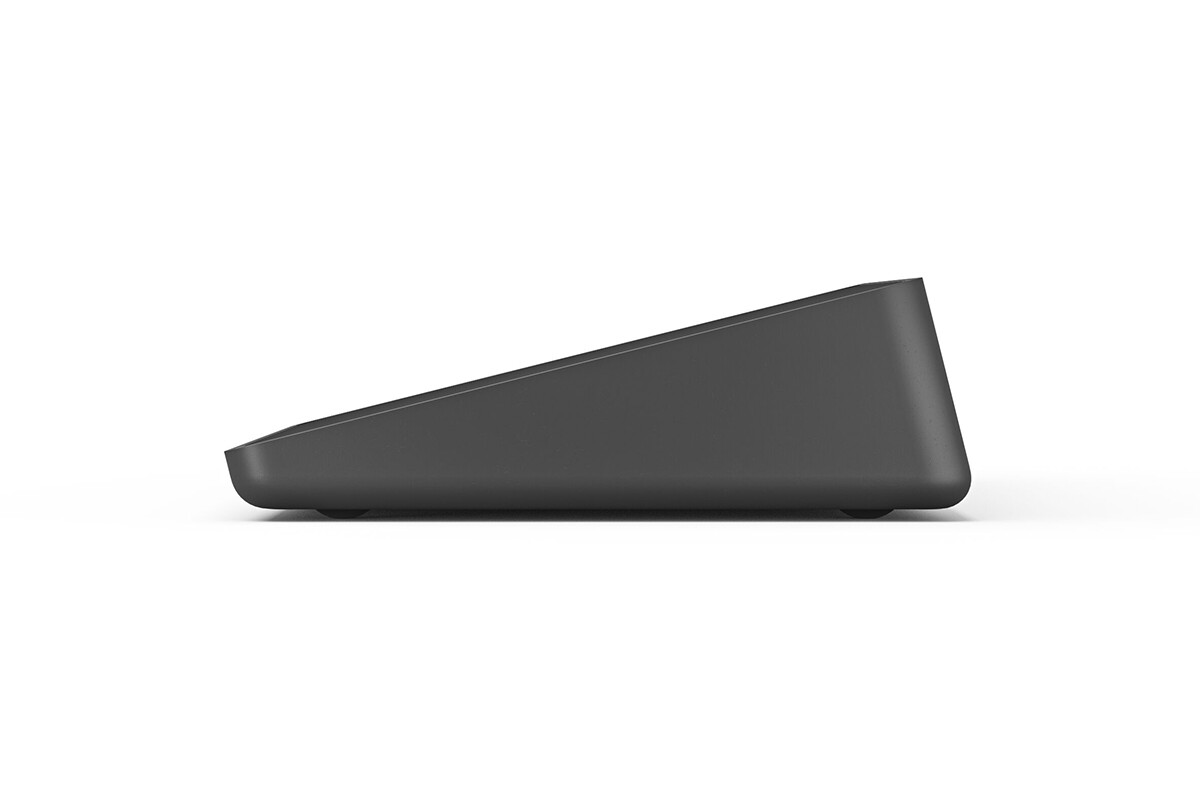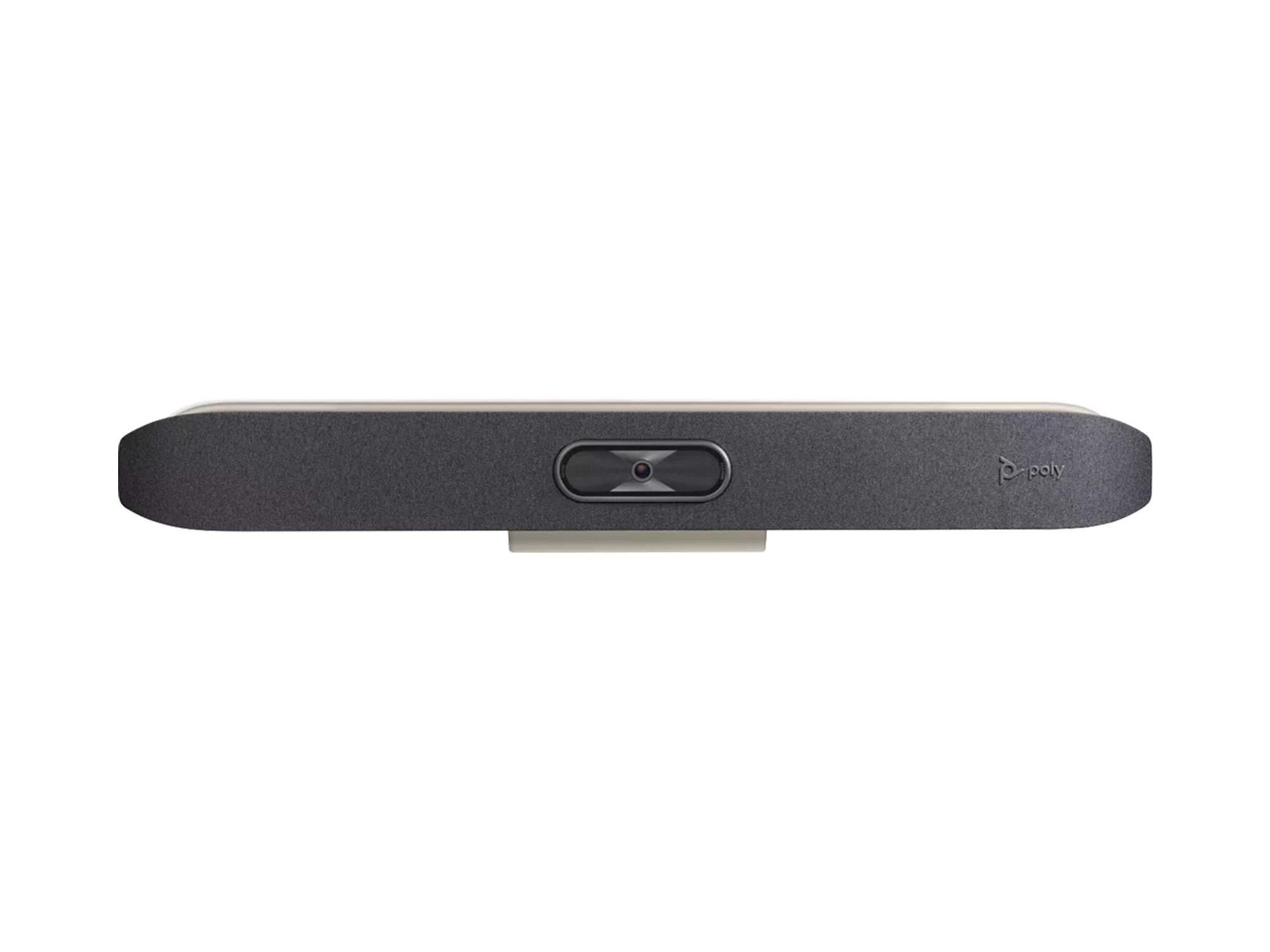



























£534.89*
- Resolution 1280 x 800 WXGA
- Panel type IPS
- Contrast Ratio 1,000 :1


Frequently purchased together
Product information
With Logitech Tap IP, a network-ready touch controller for Logitech room solutions, meetings start with just one touch. With clean cable management and a range of available mounts, Tap IP is easy to install and always ready to go.
MEETING ROOM TOUCH CONTROLLER WITH POE CONNECTION
More than just a meeting room controller, Logitech Tap IP helps you achieve a consistent and seamless user experience in your video conferencing setup. This purpose-built touch controller has just the right presence with a large 10.1-inch display and a slim, low profile. Take advantage of the single Power-over-Ethernet (PoE) connection and multiple mounting options to install the touch controller anywhere in the room. Avoid accidental interruptions thanks to built-in cable retention and strain relief, and be sure to keep every room ready for the next video meeting.
- Join at the touch of a button: start and join meetings with just the tap of a finger.
- One PoE cable: A single cable for power and data means flexible placement anywhere in the room, regardless of the room system and without long cable runs.
- Clean cable management: The integrated cable retention and strain relief system completely conceals the PoE cable in its housing and secures it to prevent unwanted interruptions.
- Multiple mounting options: Secure Tap IP almost anywhere in the room with available desktop, riser and wall mounts for convenient placement near room occupants.
- 10.1-inch touch display: The large and responsive touch screen is fingerprint-resistant and easy to read, and sealed to protect components.
- Motion sensor: A built-in motion sensor ensures the device is always ready for use when a user approaches and saves power when idle.
- Slim, low profile: The comfortable 14° angle allows for easy viewing while maintaining an unobtrusive presence in the room.
Technical data
| Name | Logitech Tap IP, Graphite 10.1" Touch display |
|---|---|
| Article number | 1000024989 |
| GTIN/EAN | 0097855170002 |
| Manufacturer SKU | 952-000085 |
| Model name | Tap IP, Graphite |
| Brand | Logitech |
| Product Type | Touch display |
| Application | Huddle Rooms , Large Rooms , Medium Rooms |
| Technology | LED |
| Panel type | IPS |
| Resolution | 1280 x 800 WXGA |
| Diagonal | 10.1" |
| Viewing angle - Horizontal | 85° |
| Viewing angle - Vertical | 85° |
| Contrast Ratio | 1,000 :1 |
| Brightness | 400 cd/m² |
| Inputs | 1x Ethernet |
| wireless technology | Bluetooth , WiFi |
| Features | Touch screen |
| Product width | 24.62 cm |
| Product height | 5.61 cm |
| Product depth | 17.13 cm |
| Weight | 1 kg |
| Colour | Grey |
| Condition | New |
| Warranty | 24 Month |
| Warranty type | Bringin service Service and support information |
Product safety
| Company |
|---|
| Logitech |
| EPFL - Quartier de l'Innovation, Daniel Borel Innovation Center |
| 1015 Lausanne |
| Switzerland |
| info@logitechg.de |


















